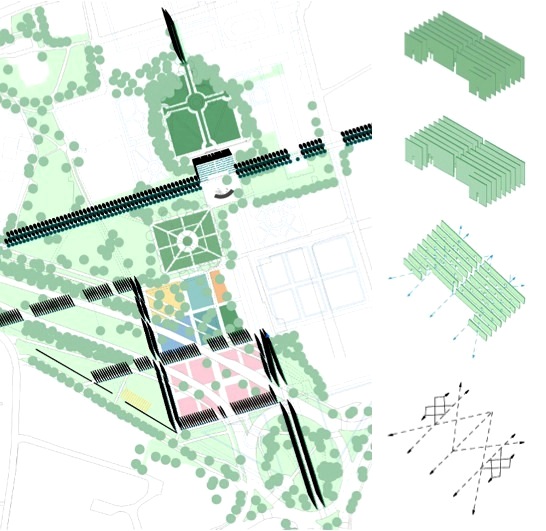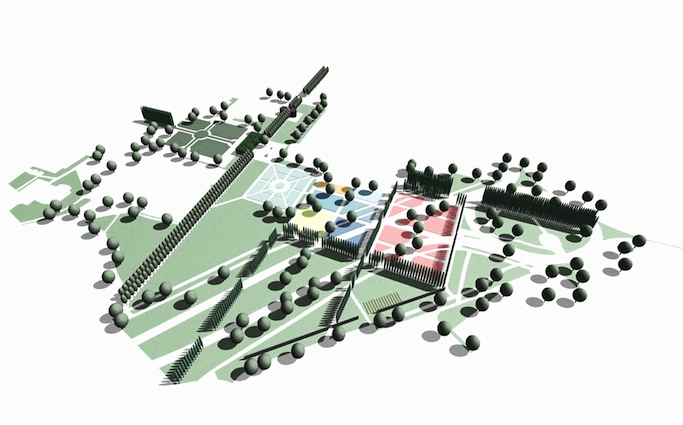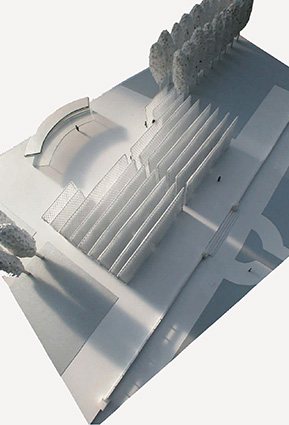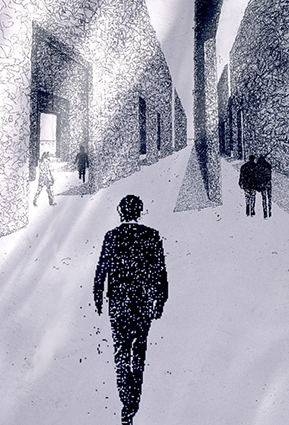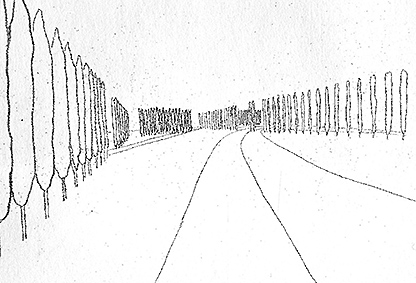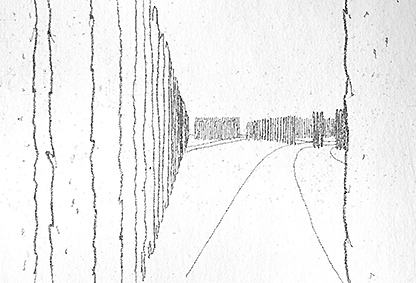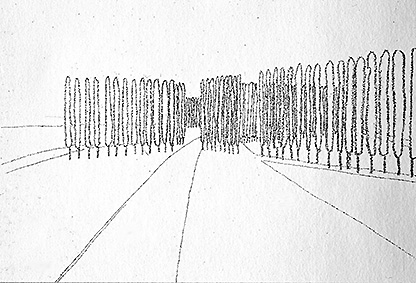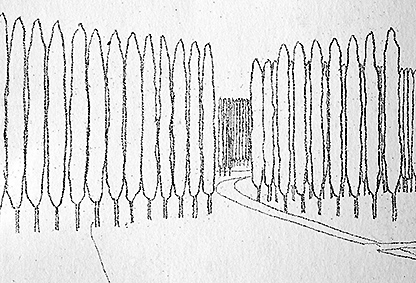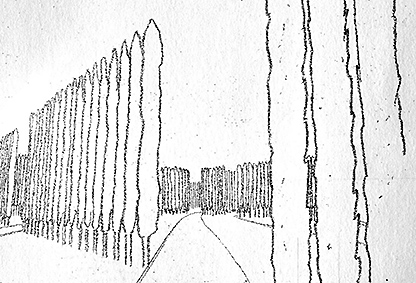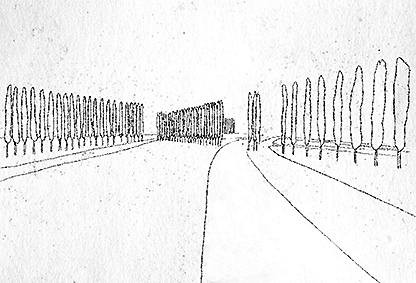THE PALACE GARDEN THAT'S GONE
Park memories
Hannover, Germany
“Research for the ludic or surprising aspect, the utilisation of history as a source of inspiration, the way of reinterpretation or re-formulation in a modern formal language are the essential characteristic of the opus of Swiss landscape architect Paolo Bürgi. His projects reveal also a very thorough knowledge of the flora going back to the base of his professional education. In his working method Bürgi emphasizes the necessity of making models and to use the opportunity of simulations on a scale of 1:1 as if to walk through the project. He therefore criticizes the omni-use of computers at the expense of a freehand sketch – the guard of a project’s idea true essence. The recovery of the history is the core idea of this project that Paolo Bürgi has recently designed for the city of Hannover.
As part of an initiative promoted to refurbish the “city of gardens”, Bürgi has chosen to project an area of the “Linden” quarter, where once stood a pleasure palace amidst an important historic garden. This “Von-Alten-Ganten”, created in the end of the 17th century by the minister Ernst Franz von Platen, stood in the line with the residence of “Herrenhausen” and covered a part of the territory adjacent to the city walls.
The 2nd World War bombing and the later expansion of the city have left only a few relicts of the former estate, now closely surrounded by buildings and roads: the outside staircase and the terrace of what was once the castle, some old trees and fragments of the garden walls. The idea for the new project has been not to reconstruct the green but to rediscover the spirit of the place by reawakening the historic garden with territory elements that are the possible use in the current, almost unchangeable situation. Rethinking the symmetric grid of the park paths, that reflects the baroque-style design of the castles gardens, Bürgi develops the idea of a series of trees planted in long lines, that should suggest the green spaces in which the garden was divided once.
The alleys, whose realisation is provided for a period from 2005 to 2025, will also reconstruct the ancient relation between the park and the city. Other areas planted with bulbs and shrubs alternate with spaces for recreation, both intended to revaluate and integrate the surroundings neighbourhoods. The future design is inspired by the artistic bravery of the gardens originally created for the castle. As a sort of a green labyrinth consisting of 10m high panels that will support the growth of climbing plants will substitute the vanished building.”
Fulvia Grandizio, “Il Giornale dell’Architettura”
(translation of the original version)

